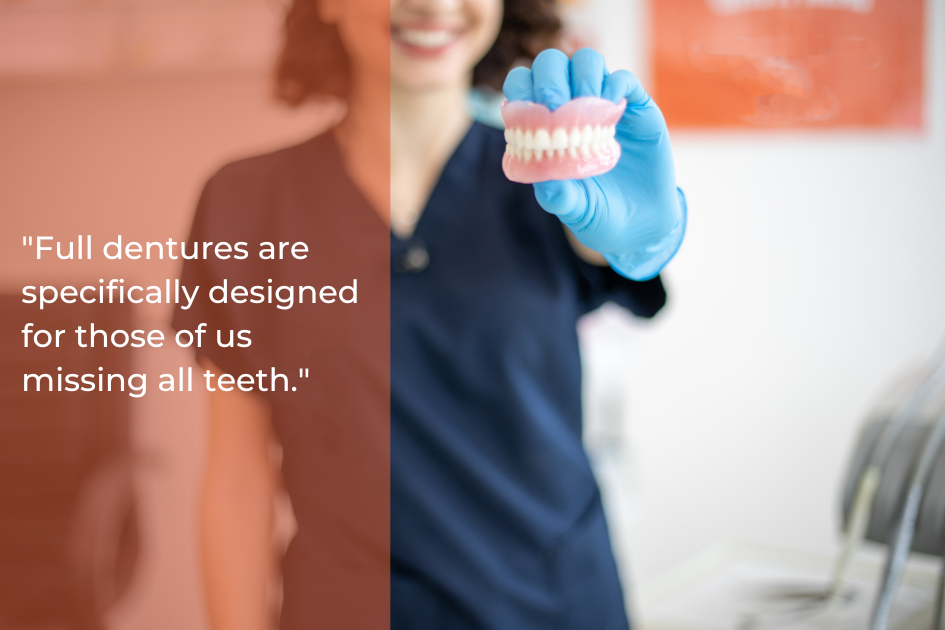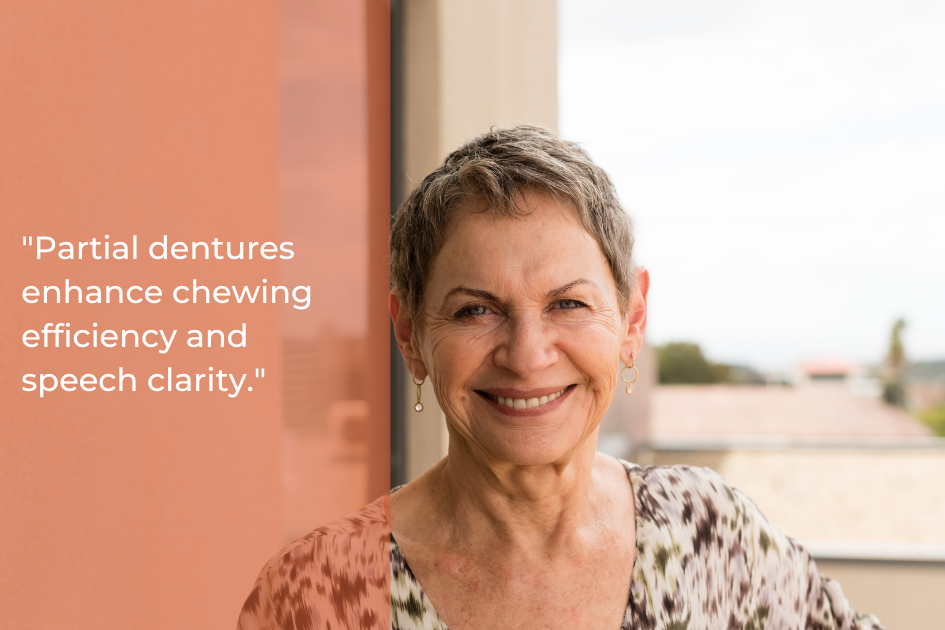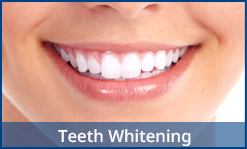Did you know that nearly 36 million Americans are missing all their teeth in one or both jaws? As we consider whether to opt for dentures or partials, it becomes essential to weigh the unique benefits each option provides. Full dentures can offer a complete solution, while partials help maintain our natural dental structure. But how do we decide what’s best for our individual needs and preferences? Let’s explore the factors influencing this important decision, including cost, maintenance, and the adjustment period, to guarantee we make a choice that suits us perfectly.
Understanding Dentures and Partials
When it comes to restoring our smiles, understanding the difference between dentures and partials is vital. Dentures, crafted to replace all missing teeth in either the upper or lower jaw, are custom-made prosthetic teeth that enhance our oral health and aesthetic appeal. Full dentures are specifically designed for those of us missing all teeth, providing a detailed solution that allows us to regain functionality in chewing and speaking, while also improving the facial structure.
In contrast, partial dentures serve individuals with some remaining natural teeth. These are essential in maintaining the health of our existing teeth by preventing any potential shifting. The partials fill gaps caused by missing teeth, ensuring that our remaining teeth stay in place and our oral health is preserved. Full dentures might come with a higher cost due to the complete fabrication of a new set of teeth, whereas partial dentures offer a more cost-effective option for those retaining some natural dentition.
Both full and partial dentures require a series of appointments for dental impressions and extraction preparation, ensuring a personalized fit. By understanding these distinctions, we can make informed decisions about improving our oral health and quality of life.
Benefits of Full Dentures
Complete dentures serve as an all-inclusive solution for those of us missing all teeth in either the upper or lower jaw, offering a renewed sense of functionality and confidence. Full dentures are custom-designed to replace missing teeth, providing a durable and aesthetically pleasing alternative. They’re ideal for individuals who’ve lost all teeth in a specific arch, whether due to decay, gum disease, or injury.
These prosthetics contribute greatly to our daily lives by enhancing functional benefits. For instance, improved chewing ability allows us to enjoy a wider variety of foods, which in turn supports better nutrition and overall health. Additionally, full dentures play a vital role in speech clarity, helping us articulate words more effectively, thereby boosting self-assurance in social interactions.
In terms of aesthetics, full dentures restore the natural contours of our face and smile, contributing to a youthful appearance. Immediate full dentures offer an option for immediate use post-extraction, though they might need adjustments for best fit. With proper care and regular check-ups, full dentures prove to be a durable solution. By investing in full dentures, we embrace both functionality and aesthetics, ensuring a thorough restoration of oral health.
Advantages of Partial Dentures
While full dentures offer a complete solution for those missing all teeth in an arch, partial dentures provide a targeted approach for individuals with only a few missing teeth. One of the primary advantages of partial dentures is their ability to preserve the structure of remaining natural teeth. By filling gaps, these dentures prevent adjacent teeth from shifting, maintaining dental alignment and overall oral health.
Partial dentures enhance chewing efficiency and speech clarity, which are vital for daily activities and quality of life. This type of denture is a cost-effective option, providing a reliable solution without the higher expenses associated with other dental treatments. The flexibility of partial dentures allows for them to be removable, making cleaning and maintenance straightforward and convenient.
Additionally, patients often report increased comfort with partial dentures compared to other dental prosthetics. The design of partial dentures supports the existing teeth and gums, offering a more natural fit. With proper care and regular check-ups, partial dentures can notably improve the functionality and aesthetics of our smile. By choosing partial dentures, we can address missing teeth effectively while ensuring the comfort and integrity of our natural teeth.
Maintenance and Care Tips
Caring for our dentures properly is necessary to guarantee they remain functional and comfortable. Daily cleaning with a soft brush and mild soap plays an important role in the maintenance of both dentures and partials. This routine helps preserve their durability while preventing damage from harsh cleaners. Let’s remember to avoid hot water, as it can warp the materials.
Handling our dentures with care is essential. Dropping them can lead to chips or breaks, reducing their longevity. Regularly removing them at night allows our gums to rest, prolonging the lifespan of the dentures. Typically, full dentures last about 5-7 years, while partials can last 5-8 years, given proper care.
Regular check-ups with our dentist are crucial. These appointments allow us to assess the condition of our dentures or partials, making sure they fit correctly and comfortably. Our dentist might adjust them to ensure they continue to function well. These visits are an opportunity to discuss any concerns and receive professional advice on their care. By following these maintenance and care tips, we can enhance the performance and longevity of our dentures and partials, supporting our overall oral health.
Structural Support Differences
When it comes to choosing between full and partial dentures, understanding their structural support variances is important for maintaining oral health. Full dentures provide complete structural support for the entire upper or lower jaw, essential when all teeth are missing. They play a significant role in maintaining facial muscle support, preventing sagging, and ensuring a balanced facial appearance. This dental restoration option is particularly advantageous for individuals experiencing complete tooth loss, as it restores function and aesthetics comprehensively.
In contrast, partial dentures offer structural support by filling in gaps where only some teeth are missing. By doing so, they help preserve the integrity of the remaining natural teeth. Partial dentures guarantee that the surrounding teeth don’t shift out of place, which can lead to further dental complications. This option is ideal for those who have experienced partial tooth loss and wish to maintain the existing dental structure while addressing missing teeth.
The decision between full vs partial dentures hinges on the extent of tooth loss and the specific structural support needed. By understanding these distinctions, we can make informed decisions to support our long-term oral health effectively.
Customization and Fit
Customization and fit are essential elements when selecting dentures or partials. When we choose this restorative option, the custom-made nature guarantees a precise fit tailored to each individual’s mouth structure. This customization is vital, as it allows for both best comfort and functionality. Dentists take great care to adjust these prosthetics so that they sit perfectly, guaranteeing they don’t cause discomfort or pain during use.
A precise fit is more than just comfort—it’s about achieving seamless blending with natural teeth. For partial dentures, customization helps these artificial teeth match the existing teeth in color, shape, and position, creating a natural appearance. This attention to detail means that the dentures not only restore function but also enhance our smile aesthetically.
Furthermore, denture adhesive can play a role in enhancing stability and comfort for both full and partial dentures. With proper fit and function, we should feel confident in our daily activities, from speaking to eating, knowing our dentures are securely in place. Regular adjustments and check-ups are part of this ongoing process, ensuring that the dentures continue to meet our needs as changes occur in our oral structures over time.
Healing and Adjustment Period
Beginning the journey of getting used to new dentures or partials requires patience and understanding. The healing and adjustment period can range from a few weeks to several months, depending on individual factors like oral health and bone structure. During this time, we might experience some soreness and discomfort, which is a normal part of the healing process. Our speech and eating habits may also undergo changes as our mouths adapt to the new appliances.
To ensure a smooth adjustment, following our dentist’s instructions is essential. These guidelines will help us manage discomfort and facilitate healing. Regular follow-up appointments with our dentist play a crucial role in monitoring progress and making necessary adjustments for optimal comfort. These visits allow the dentist to check the fit and function of the dentures or partials and address any issues we might encounter.
While the adjustment period can be challenging, following proper care routines and attending scheduled check-ups can help us acclimate faster. It’s important to remember that each person’s experience is unique, and patience is vital. By staying committed to the process, we can achieve a comfortable and functional fit.
Deciding on the Best Option
Choosing the most suitable option between dentures and partials involves understanding our unique dental needs and lifestyle considerations. When all teeth in the upper or lower jaw are missing, full dentures offer a thorough solution, replacing the entire set of teeth. This decision can restore not just our smile, but also our ability to chew and speak efficiently. On the other hand, if we have some natural teeth remaining, partial dentures might be more fitting. They fill the gaps effectively and maintain the health of our remaining teeth and jawbone.
Partial dentures, available in removable or fixed forms, help preserve our dental structure by preventing further oral health issues. Fixed options, like dental bridges, offer a permanent solution to missing tooth spaces, ensuring stability and functionality. Our decision should also consider the maintenance involved, as both full and partial dentures require regular care and check-ups to stay in optimal condition.
Ultimately, the choice between full and partial dentures depends on the extent of our tooth loss and personal preferences. Consulting with a dental professional will provide us with the guidance needed to make an informed decision that best suits our dental health and lifestyle.
Final Thoughts on Choosing Your Dental Solution
In deciding between dentures and partials, it’s crucial to tailor the choice to your specific dental needs and lifestyle. Whether you need full dentures or partials to complement your remaining teeth, understanding the cost, care, and customization options is key. At Family Dental of Teravista in Georgetown, TX, we are committed to finding the perfect fit for your oral health goals. Schedule a consultation with us today, and let’s achieve a comfortable and confident smile together.













